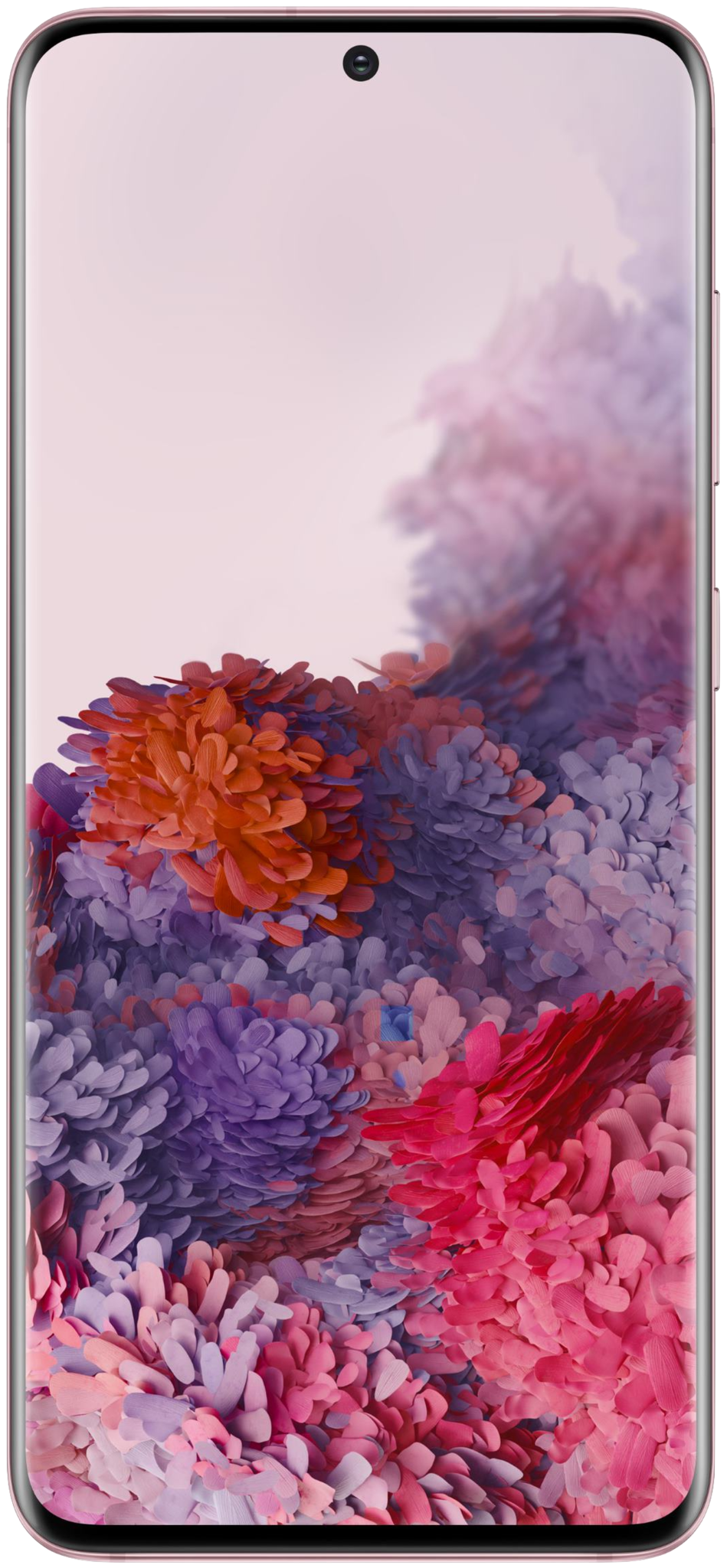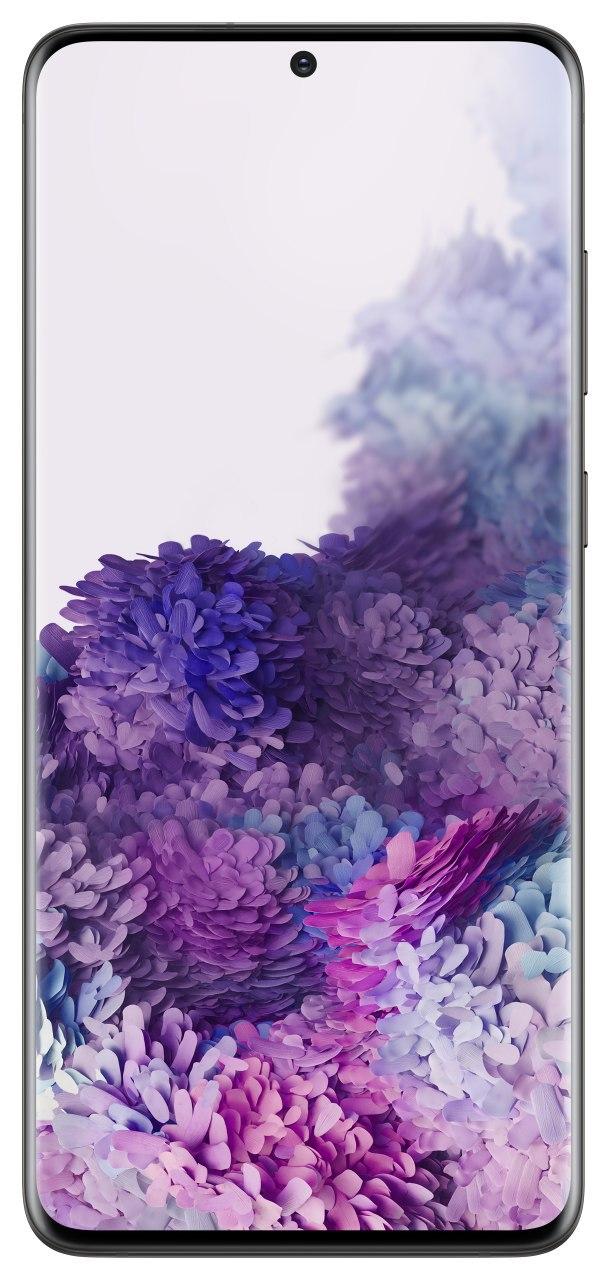Samsung's next big version update is now available.
One UI 3.0 — Samsung's custom interface for Android 11 — is finally starting to arrive. Between official rollouts and public betas, Samsung's well underway with its update process for the new software. The stable release is now rolling out to the Galaxy S20 and Note 20 devices as well as older Samsung flagships.
One UI 3.0 comes with exciting new features, subtle UI tweaks, and optimizations across the board. Here's what you need to know about the One UI 3.0 update, the list of eligible phones slated to receive the stable update, and when you'll get the stable OTA update on your Galaxy phone.
The default choice
Samsung Galaxy S20+
$950 at Amazon $950 at Best Buy
A great all-round option
The Galaxy S20+ is one of the best phones on the market today, with a gorgeous design coupled with enticing hardware. You get a stunning 120Hz AMOLED panel, global 5G connectivity, Snapdragon 865 chipset, outstanding cameras, and all-day battery life with wireless charging.
When will my Samsung phone get the One UI 3.0 update?
If you purchased a Galaxy phone within the past couple of years, chances are you'll get an update to One UI 3.0. That includes not only flagship devices, but also all of Samsung's great budget phones.
On December 2, 2020, we started to see the first trickle of One UI 3.0 making its way to devices with the Galaxy S20 on Verizon getting the update. Just one day later on December 3, Samsung announced that One UI 3.0 was globally rolling out to the Galaxy S20, S20+, and S20 Ultra in the United States, Korea, and select global markets.
On December 8, the T-Mobile versions of the Galaxy S20 series started receiving the stable One UI 3.0 update. As for other Galaxy handsets, the Note 20 series, the S10 series, and the foldables will be next with an update in January. Starting in March, we'll see One UI 3.0 start making its way to phones in the Galaxy A and Galaxy M series.
Starting December 14, the Galaxy Note 20 started receiving the One UI 3.0 stable update. The rollout is kicking off with the AT&T models of the Note 20, but should make its way to other variants and unlocked devices shortly.
On December 22, Samsung started delivering the One UI 3.0 update to the Galaxy S10 Lite, unlocked Note 20 models in the U.S., and the foldable Galaxy Z Flip 5G. Samsung is basically ahead of its own rollout schedule, and that means you don't have to wait as long to make the switch to Android 11. Here's the update roadmap:
December 2020
- Galaxy S20
- Galaxy S20+
- Galaxy S20 Ultra
January 2021
- Galaxy Note 20
- Galaxy Note 20 Ultra
- Galaxy Z Fold 2
- Galaxy Z Flip
- Galaxy Note 10
- Galaxy Note 10+
- Galaxy S10
- Galaxy S10+
- Galaxy S10 Lite
February 2021
- Galaxy Fold
March 2021
- Galaxy Note 10 Lite
- Galaxy Tab S7
- Galaxy A51
- Galaxy M31
- Galaxy M30s
- Galaxy M21
April 2021
- Galaxy A50
- Galaxy M51
May 2021
- Galaxy Tab S6
- Galaxy Tab S6 Lite
- Galaxy A80
- Galaxy A71
- Galaxy A70
- Galaxy A31
- Galaxy A21s
June 2021
- Galaxy Tab A
- Galaxy A11
- Galaxy A01
- Galaxy A01 Core
- Galaxy M11
July 2021
- Galaxy Tab S5e
- Galaxy A30
August 2021
- Galaxy Tab Active Pro
- Galaxy Tab A 10.1
- Galaxy A30s
- Galaxy A20s
- Galaxy A20
- Galaxy A10s
- Galaxy A10
What's the status of the One UI 3.0 public beta?
Samsung kicked off the One UI 3.0 public beta in South Korea and the U.S. a few months ago, and with the stable update now rolling out widely, it is winding down the beta program.
If you have a Galaxy Note 20 or Note 20 Ultra and are in a country where Samsung is offering the One UI 3.0 public beta, you can still enroll by heading into the Samsung Members app. Just choose the One UI 3.0 beta banner within the app, confirm your registration, and you will be able to download the One UI 3.0 beta build based on Android 11 as an OTA update.
What's new in One UI 3.0?
Samsung isn't making a lot of design changes in One UI 3.0, with the overall aesthetic similar to One UI 2.5. That said, there are a lot of exciting new features, including the ability to long press an app to see all associated widgets and add them to the home screen, and a double tap gesture anywhere on the home screen to turn off the screen.
One UI 3.0 is also getting the Conversations view that debuted in Android 11, and the persistent media player. You also get better auto-focus and exposure controls in the camera, the option to customize the call screen with your own pictures and videos, device usage trends in Digital Wellbeing, and a lot of new Bixby Routines.
The One UI 3.0 changelog gives us a detailed look at all the new additions, including changes to the lock screen, accessibility, DeX, Samsung Internet, and more. There are a ton of small additions that make Samsung's skin even better.
Here's the full changelog:
Home screen
- Touch and hold an app to add an associated widget
- Turn the screen off by double-tapping on an empty area of the Home screen. You can turn this on in Settings > Advanced features > - Motions and gestures.
Lock screen
- Dynamic Lock screen now has more categories, and you can select more than one.
- Lock screen widgets are improved.
Quick panel
- See your conversations and media more conveniently in their own sections when you swipe down from the top of the screen.
AOD
- Always On Display widgets are improved.
Accessibility
- Get quick access to the most important accessibility settings during device setup. - Get recommended accessibility features based on what you use.
- Set the Accessibility shortcut more easily in settings.
- Sound detectors now work with your SmartThings devices such as TVs and lights to give you more visible
Samsung Keyboard
- You can find the keyboard settings more easily under General management in Settings, and the settings have been reorganized to put the most important ones first.
Samsung DeX
- You can now connect to supported TVs wirelessly.
- New touchpad multi-gestures let you change screen zoom and font size more easily.
Internet
- Added ability to block websites from redirecting you when you tap the Back button. - Added warnings and blocking options for websites that show too many pop-ups or notifications.
- Rearranged menus to make things easier to find. - Added several new add-ons, including one that translates websites.
- Added option to hide the status bar for a more immersive browsing experience.
- Increased maximum number of open tabs to 99.
- Added ability to lock and reorder tabs.
- Improved design for tab bar which is now supported on all devices.
- Ended support for Samsung Internet edge panel.
Contacts & Phone
- Added an option to help you quickly delete duplicate contacts.
- Enhanced the search experience.
Phone/Call background
- Added the ability to customize the call screen with your own pictures and videos.
Messages
- Created a Trash bin to store recently deleted messages.
Call & Text on other devices
- Added the ability to turn Call & text on other devices on or off with Bixby Routines.
Calendar
- Events with the same start time are now shown together in month and agenda view.
- Reorganized options for adding and editing events.
- Improved layout for full screen alerts.
Digital wellbeing and Parental controls
- Added trends to your weekly report. You can see how your usage has changed since the previous week and check your usage time for each feature.
- Added phone usage time while driving to the weekly report.
- Added a lock screen widget so you can check your screen time without unlocking your phone.
- Added separate profiles for personal and work modes so you can track your screen time separately.
Camera
- Improved auto-focus and auto exposure functionality and usability.
- Improved stabilization when taking pictures of the moon at high zoom levels
Photo editor
- Added the ability to revert edited pictures back to their original versions.
Bixby Routine
- Grouped preset routines help you get started quickly and learn how to build your own routines quickly
- You can now see what actions are reversed when a routine ends.
- New conditions have been added, such as a specific start time, the disconnection of a Bluetooth device or Wi-Fi network, a call from a specific number, and more.
- New actions have been added, including talking to Bixby and accessibility actions.
- You can add a customized icon for each routine and add routines to the Lock screen for quick access.
Get More Galaxy S20
Samsung Galaxy S20, S20+ & S20 Ultra



0 Response to "You Can See More: Samsung One UI 3.0 (Android 11): All the new features you need to know"
Post a Comment